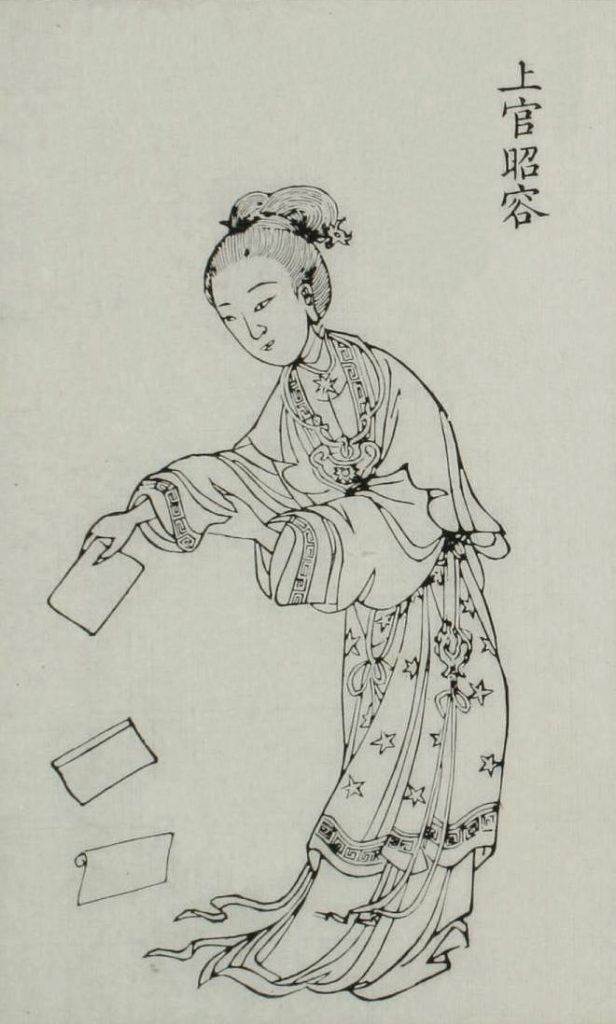The most popular portrayal of the medieval period is of grand knights fighting on horses or (mostly white-washed) European populations suffering from the plague. But this depiction glosses over some of the most interesting people – and regions – of this era. Take Shangguan Wan’er, who is often referred to as China’s First Prime Minister. She was the granddaughter of the famous poet, Shangguan Yi, and born in 664 to Shangguan Tingzhi and his wife. When she was quite young, Wan’er’s father was executed, and she and her mother were taken by the Imperial state. Wan’er was soon forced into slavery in the imperial palace. The horrific circumstances that led her to the imperial palace did not undermine her intelligence, though, and she grew to have a reputation for her literary talents. Empress Wu Zeitain, the only woman in China’s history to occupy the imperial throne in her own right, took notice ofWan’er’s skills and began to entrust her with personal and political work.
Wan’er was not entirely satisfied with her situation and defied the authority over her. This offense was punishable by death, but Empress Wu found Wan’er to be too valuable to be killed, so the Empress forced her to bear a tattooed mark on her face to symbolize her crimes. Under Empress Wu’s instruction, Wan’er flourished in her position and continued to do so even as Wu’s rule was supplanted by her son’s dynasty. Zhongzong and his wife, Wei, were even more fond of Wan’er’s writings than Empress Wu, and Wan’er helped ghostwrite all their official state documents, as well as crafting poems used for celebrations and ceremonies. Over the course of several decades, Wan’er climbed higher and higher in China’s social hierarchy and was given the title Consort of the Shining Countenance. However, the fact that she defied the sexual loyalty required of these consortial positions and engaged in several affairs meant her placement in this hierarchy was not always secure.
Despite living through a number of Chinese rulers, Wan’er was killed around 710 in an attempted coup by Li Longji. Though her legacy has been overshadowed in western culture and history by Euro-centric figures, the discovery of her burial site in September 2013 brought Shangguan Wan’er’s name to the headlines. Located near an airport in the Shaanxi province of China, her tomb was reported to be badly damaged. Unfortunately for Wan’er, few of her documents survived, but her steadfastness and political prowess remains within the heart of Chinese culture, juxtaposed to the more common European stories. Just as Wan’er’s talents led her to the top of the political pyramid, all girls can achieve great heights as long as they pursue their gifts with passion.

